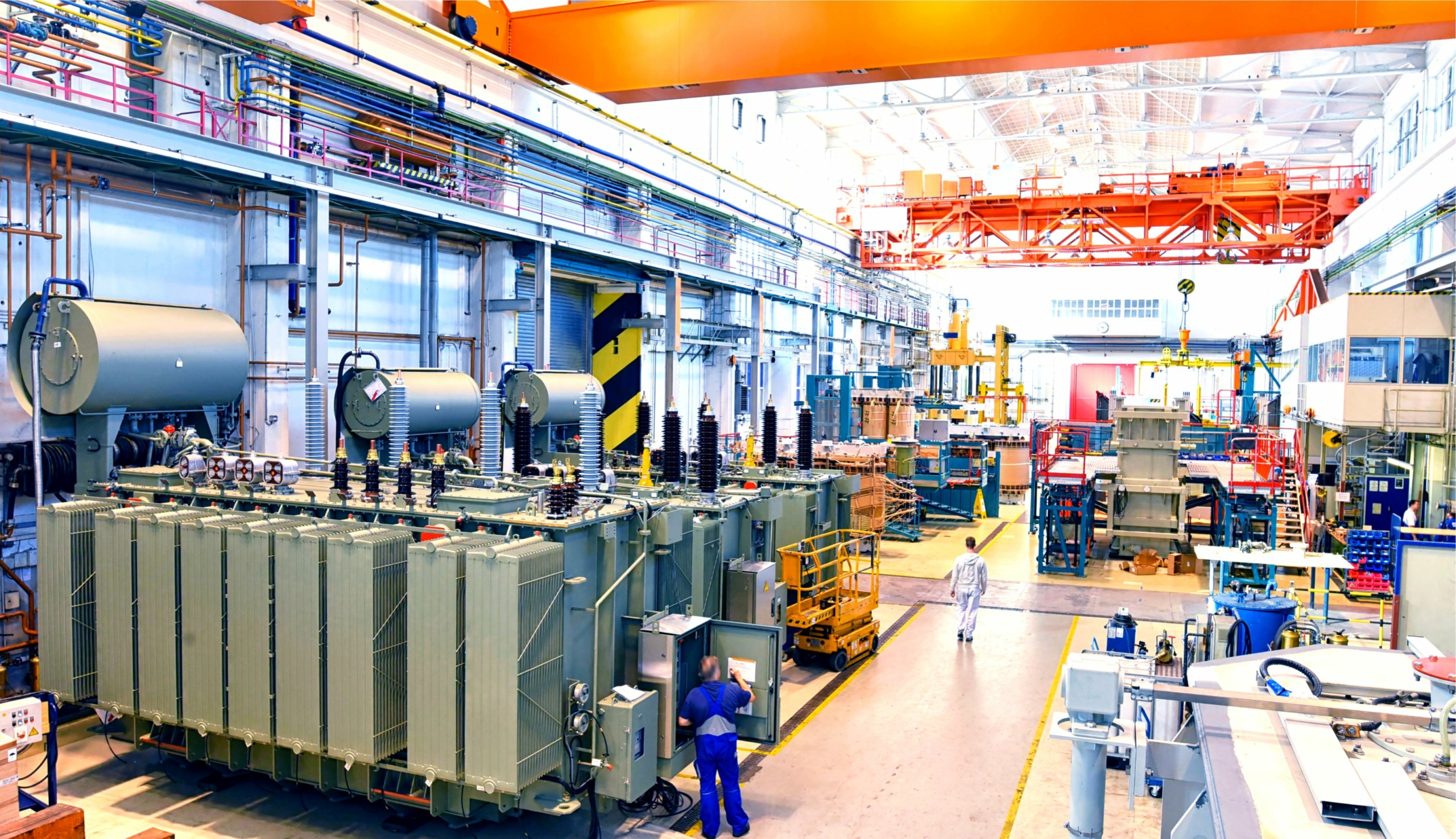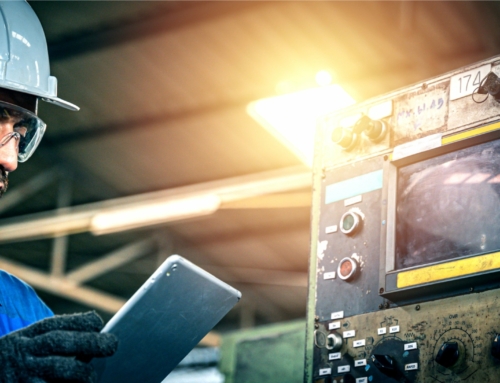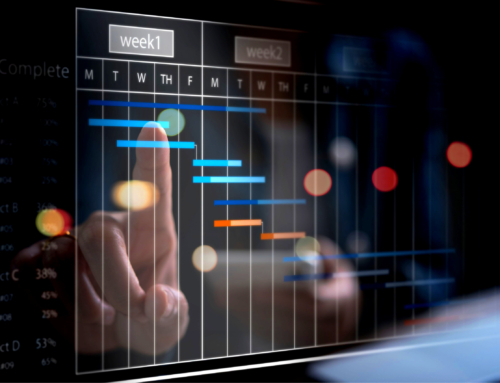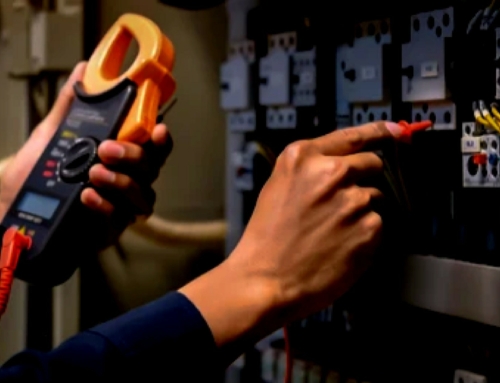When you understand how to measure the performance of your assets, you can create strategies to improve their output and reduce your operational costs. One of the most important metrics asset owners and managers is Overall Equipment effectiveness (OEE).
The OOE is closely correlated with the total cost of ownership of an asset. This is a critical metric that informs the true return on their investment. OEE gives asset owners and managers an understanding of the quality of output, that a machine is operating at the required rate and that it is available when expected.
We can calculate those three factors with some simple equations.
Availability
The measurement of availability is straightforward. It’s a simple ratio of the actual operational time of a piece of equipment divided by it operational time.
![]()
This measure is often looked at in isolation. And while that is helpful, it’s just one factor in a machine’s overall effectiveness.
Performance
Even when availability is high, it’s possible that a machine is underperforming. For example, if a HVAC system is configured to maintain a steady 24 degrees in an office building, it may still be considered available even if the temperature exceeds 28 degrees – outside the building’s prescribed comfort level.
The same can apply in a production environment. For example, in a manufacturing plant, a machine may need to produce 100 widgets per hour. But if it only delivers 75, then it’s underperforming.
Calculating performance is a matter of understanding the actual production output, or cycle time and the planned cycle time.

Quality
Even when a machine is available and working at the required rate, it can still be ineffective if the output doesn’t match the required specifications. If those widgets you make aren’t the right width or fit as they should with the accessories they’re matched with, then you have a problem.

In the manufacture of computer chips, the quality of the output is closely measured and monitored. Each chip must meet exacting standards. Understanding the quality of your output is just as critical as the availability and performance.
Bringing it together
Calculating the OEE is a matter of multiplying the availability, performance and quality. For example, if the equipment you are measuring is available 95% of the time, produces output at 80% of the expected rate with 85% of the output delivered at the required quality you can calculate the OEE.
![]()
If everything in your plant is operating at the perfect OEE, then your OEE is exactly 1.
In this case, while things may look good superficially, we can see that the OEE is not very impressive and that the planned output and quality can be improved significantly. Being able to see this through the OEE calculation allows equipment owners and managers to make specific decisions.
Often, availability gets a lot of attention as that is obvious – a machine is either on or off. But even subtle changes in quality and output may be harder to detect unless they are specifically measured.
Tying it to TCO
Ultimately, the aim of any piece of equipment is to ensure it delivers a return on investment. That return will be based on assumptions about the machine’s availability, output and quality.
By measuring and monitoring OEE and its components, it possible to better manage assets and ensure that you maximise the return on investment. If a machine delvers 10% more output that is within specification, or produces its output faster then there is a measurable benefit that will add to the company’s bottom line.





